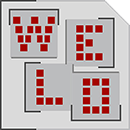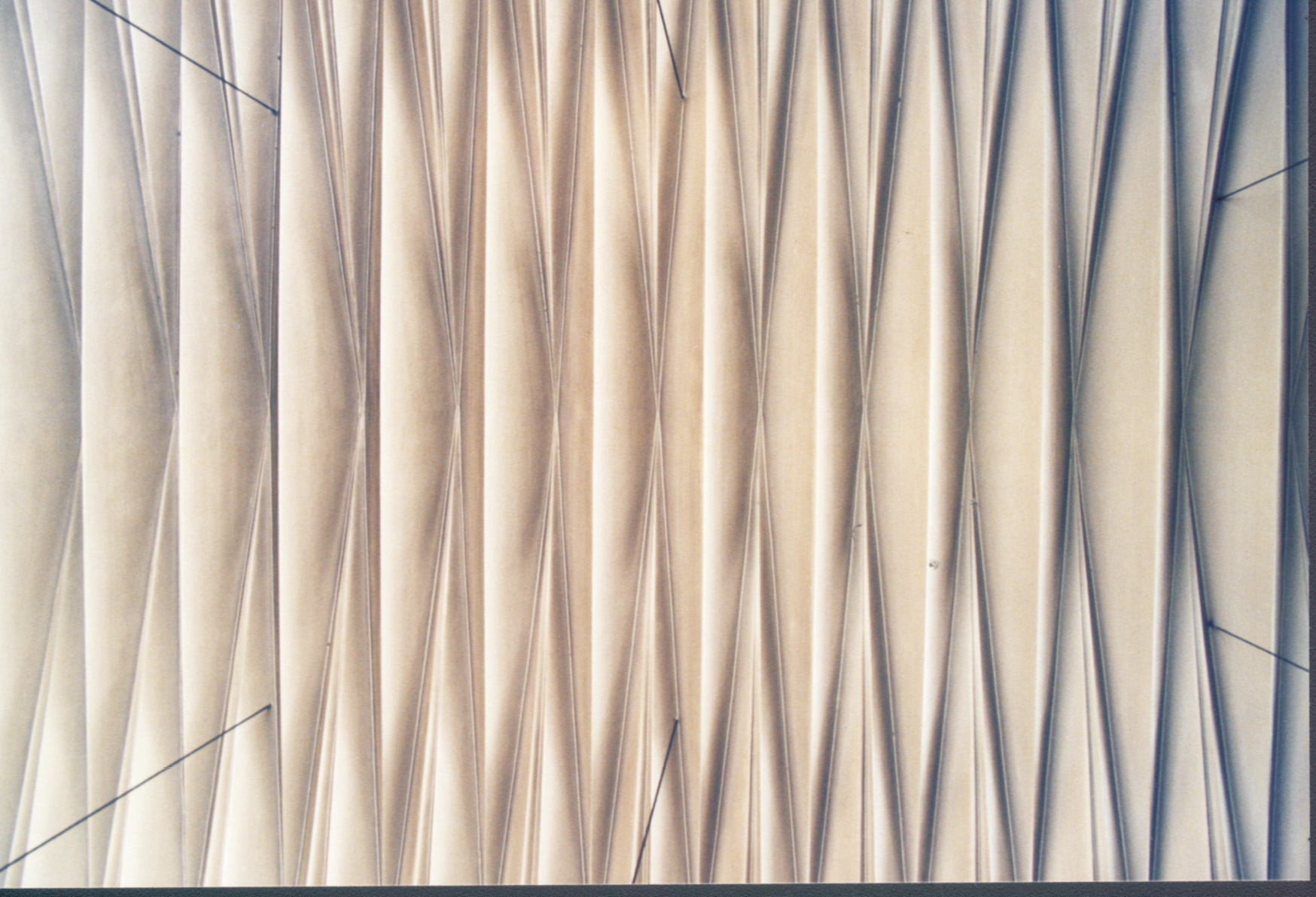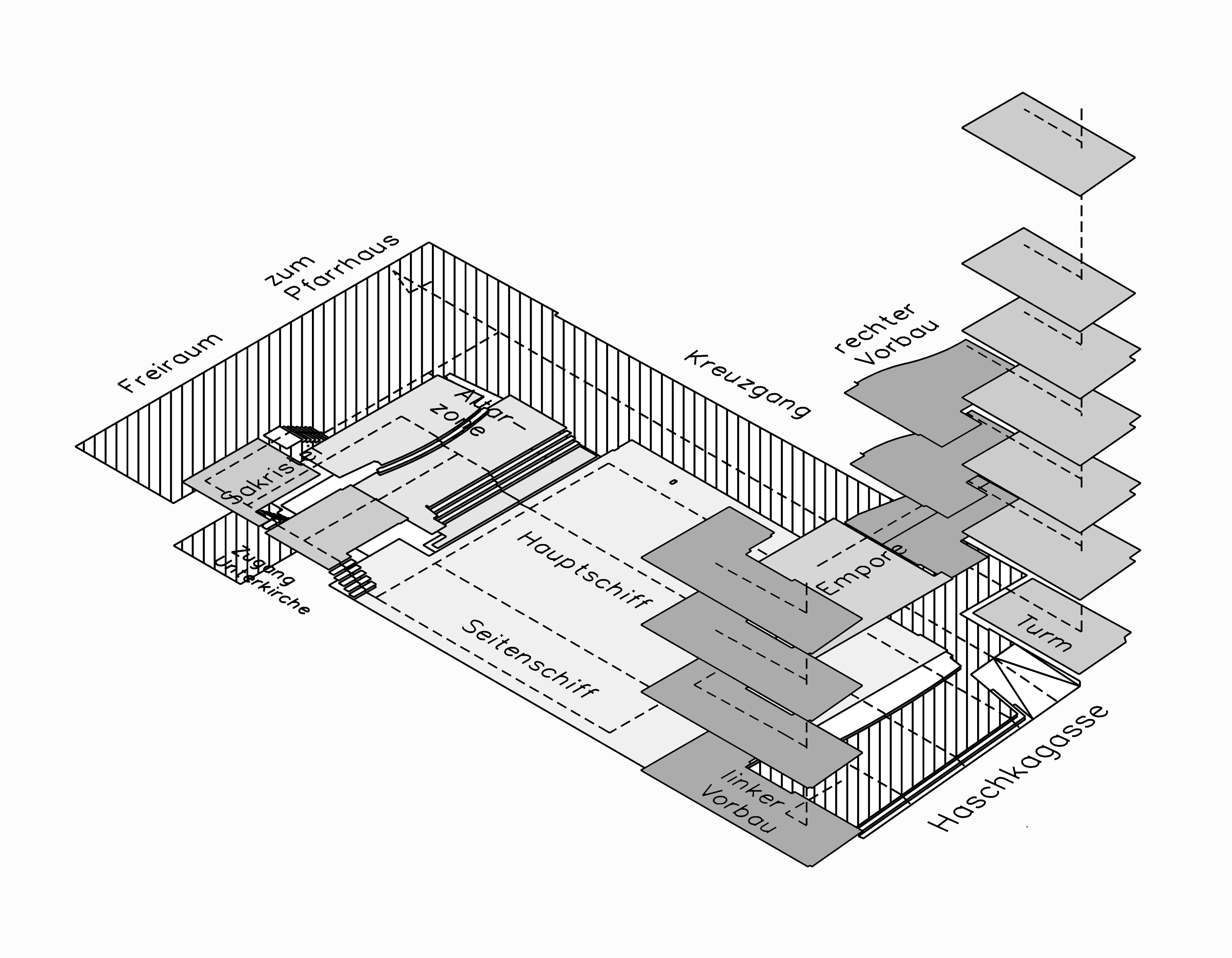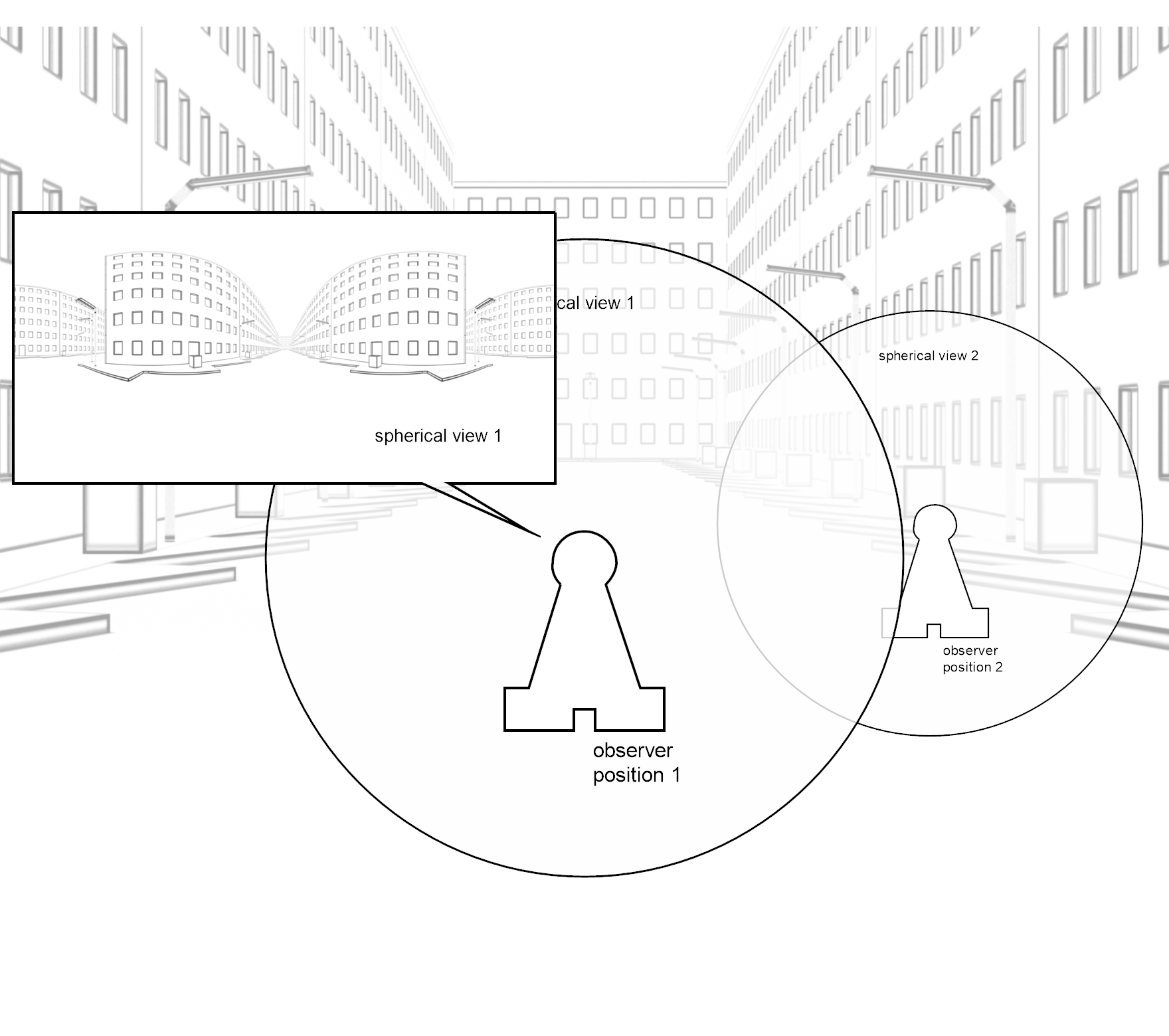2.2.1 Characteristics - A Fractal is Rugged
2.2.1.a Coastline
Benoit Mandelbrot, the “father” of the popularity of fractals today, introduced fractal geometry by the question of how long the coastline of Britain is. This question of length seems to be very trivial but nevertheless there is more than one possible answer.
To get a better understanding of the problem of length-measurement first of all let’s have a closer look on how the coastline of Britain may be measured: for measuring the length of the outline it is possible to use a certain map with a certain scale, following the coast by a ruler. When we repeat this way of measuring on another map of a smaller scale, the outline turns out to be longer. The reason lies in the fact that the latter map will offer more details, that is sub-bays, inlets, cliffs and rocks, whose circumferences are included in the measurement which finally leads to the increased length, see picture 01. So the coastline may be longer or shorter, depending on the scale of the map we are using for measurement.









